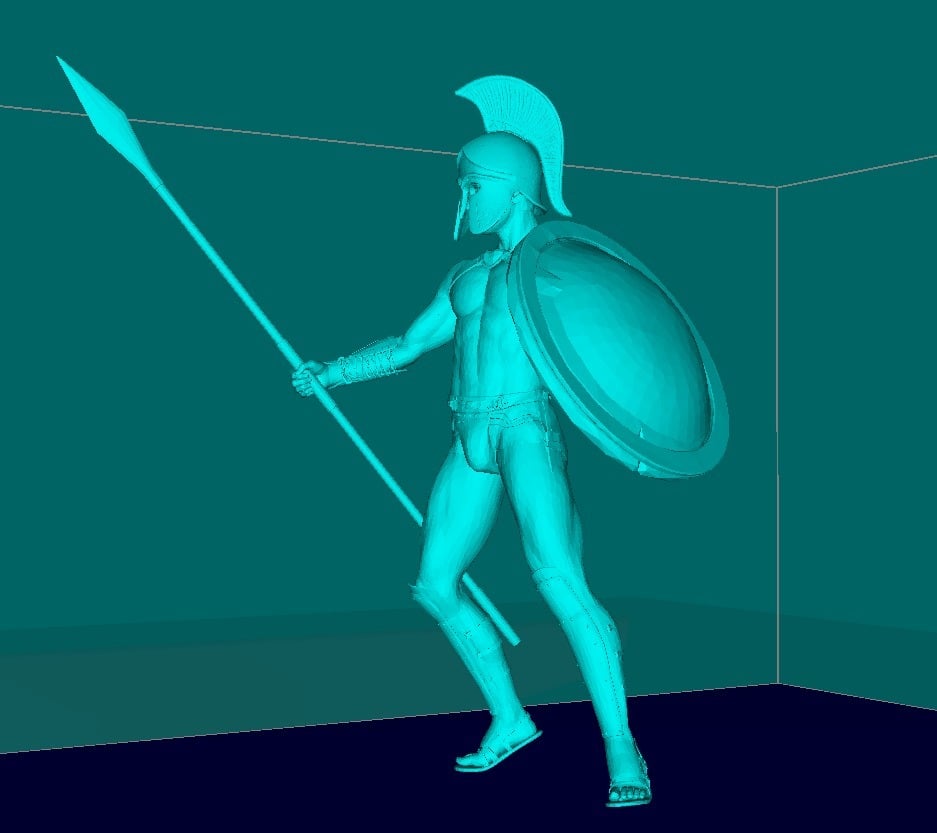
SPARTA Warrior
thingiverse
If you want me to change it or make something for you, just ask directly in Instagram @boris3dstudio https://www.instagram.com/boris3dstudio/ Sparta was a prominent city-state in ancient Greece. The city-state known as Lacedaemon rose to become the dominant military land-power around 650 BC. Sparta's main settlement on the Eurotas River in Laconia, south-eastern Peloponnese, referred to the city-state. Given its military pre-eminence, Sparta was recognized as the leading force of the unified Greek military during the Greco-Persian Wars. Between 431 and 404 BC, Sparta was the principal enemy of Athens during the Peloponnesian War. The war ended with Sparta emerging victorious, but at a great cost in lives lost. Sparta's defeat by Thebes in the Battle of Leuctra in 371 BC marked the end of its prominent role in Greece. However, it maintained political independence until the Roman conquest of Greece in 146 BC. After that, it underwent a long period of decline, especially in the Middle Ages when many Spartans moved to live in Mystras. Sparta was unique in ancient Greece for its social system and constitution. The city-state's entire society was configured to maximize military proficiency at all costs. Its inhabitants were classified as Spartiates, mothakes, perioikoi, and helots. The agoge training and education regimen was a rigorous process that Spartiates underwent. Spartan phalanges were widely considered to be among the best in battle. Spartan women enjoyed considerably more rights and equality than men elsewhere in classical antiquity. Sparta was the subject of fascination in its own day as well as in Western culture following the revival of classical learning. This love or admiration of Sparta is known as Laconism or Laconophilia. At its peak around 500 BC, the size of the city would have been some 20,000-35,000 citizens, plus numerous helots and perioikoi. The likely total population was between 40,000-50,000 people, making Sparta one of the largest Greek cities. However, according to Thucydides, the population of Athens in 431 BC was 360,000-610,000, making it unlikely that Athens was smaller than Sparta in the 5th century BC. The French classicist François Ollier warned that a major scholarly problem regarding Sparta is that all the surviving accounts were written by non-Spartans who often presented an excessively idealized image of Sparta.
With this file you will be able to print SPARTA Warrior with your 3D printer. Click on the button and save the file on your computer to work, edit or customize your design. You can also find more 3D designs for printers on SPARTA Warrior.
